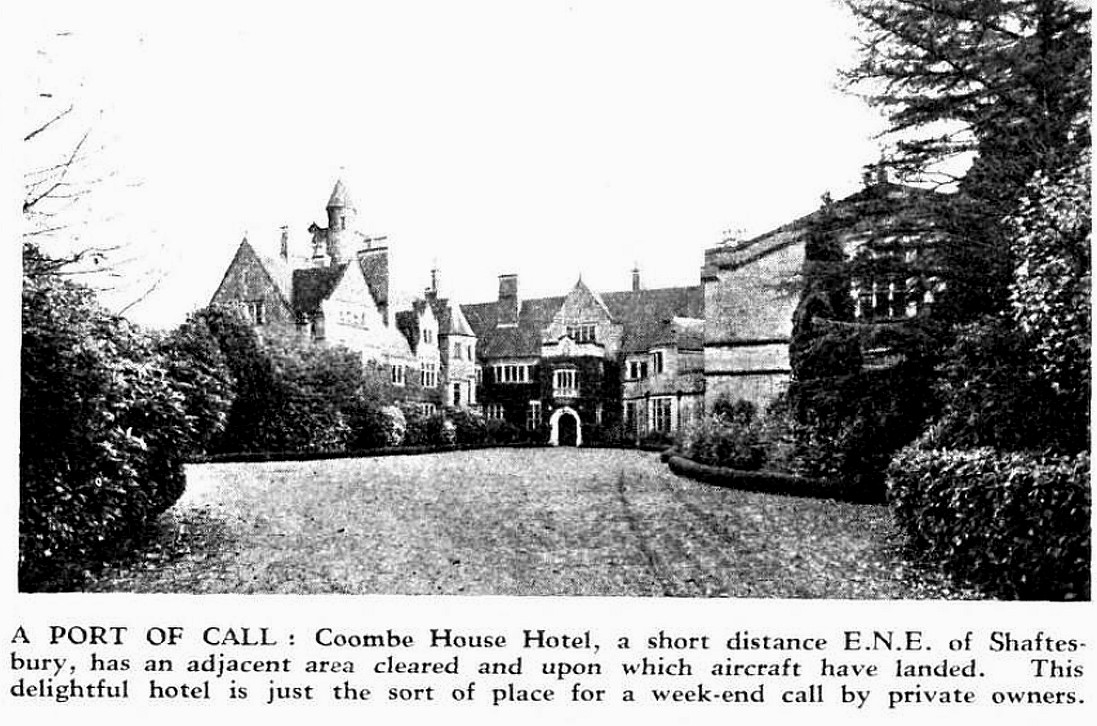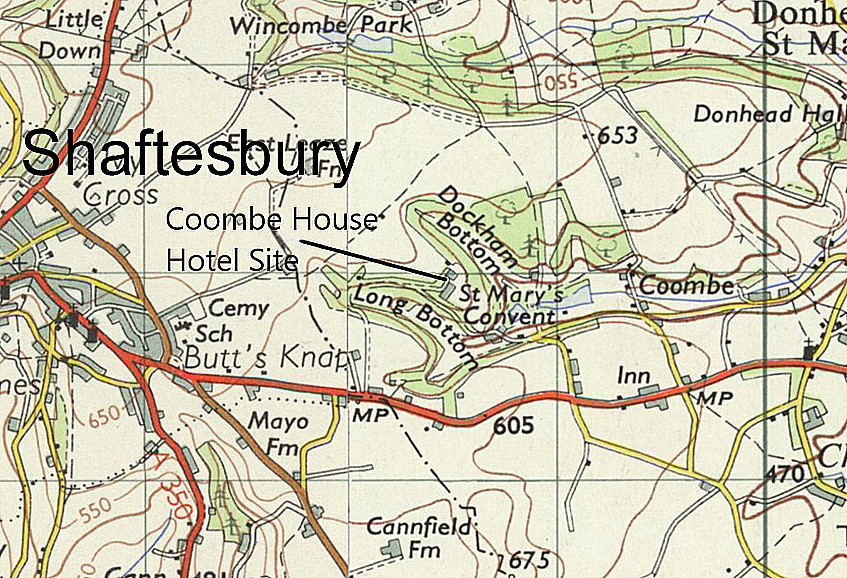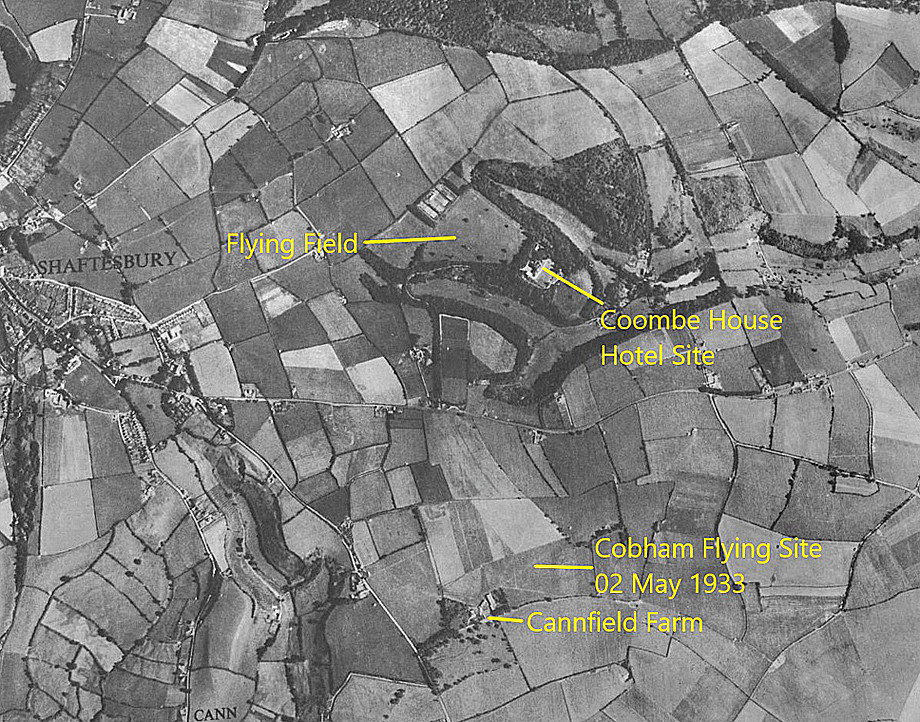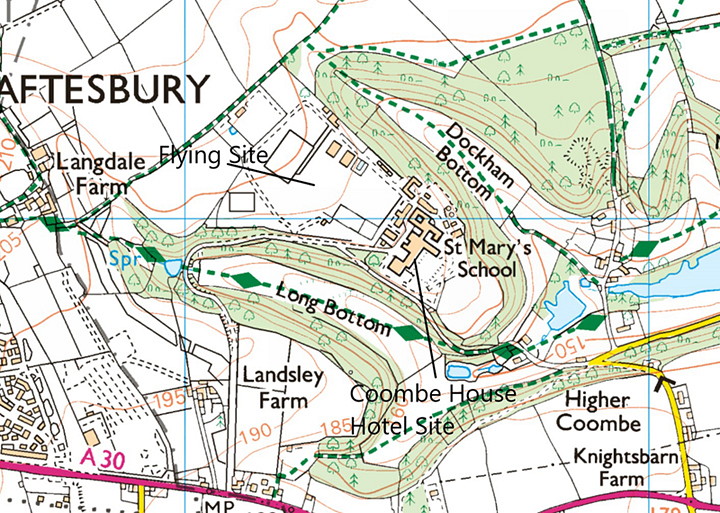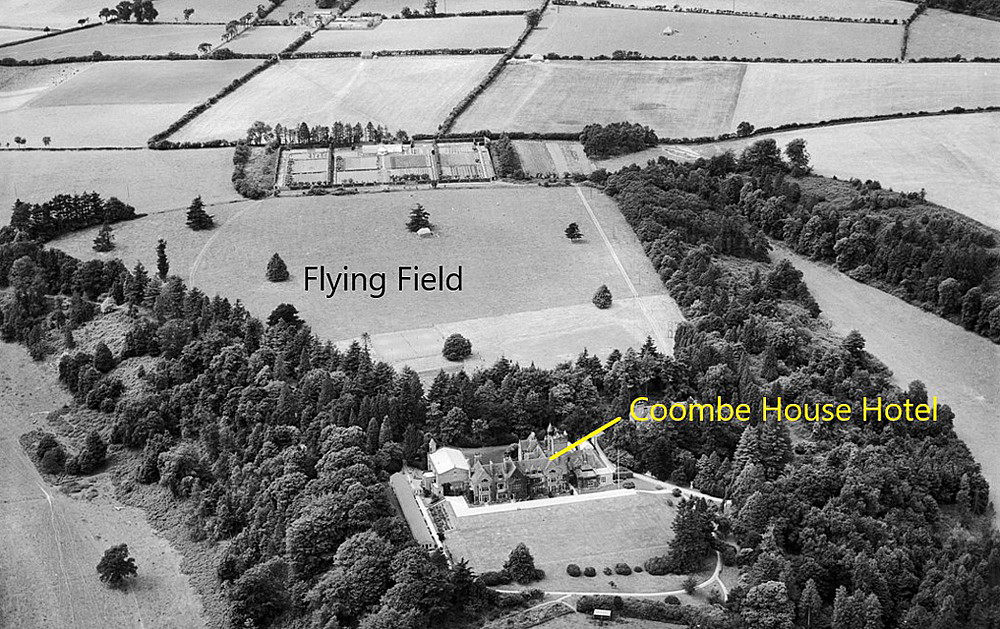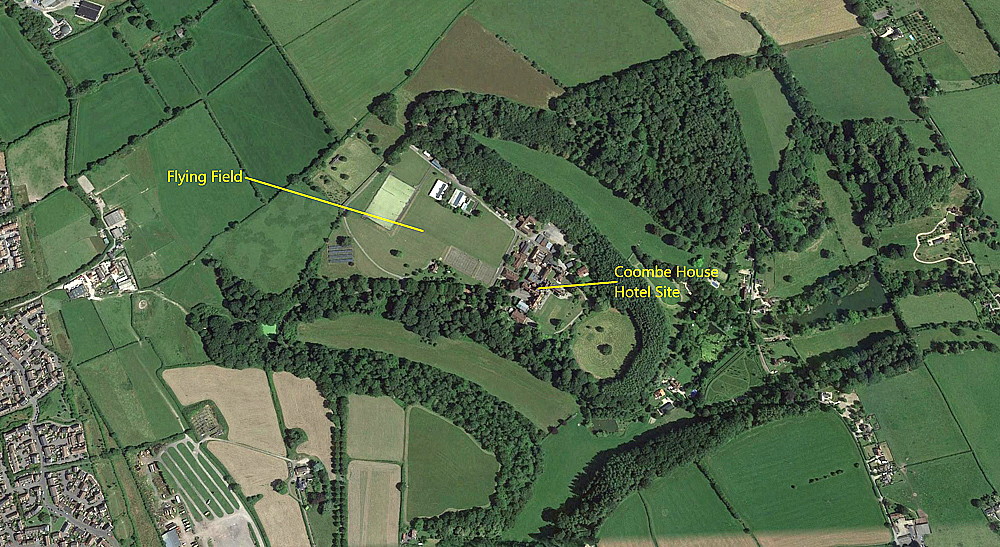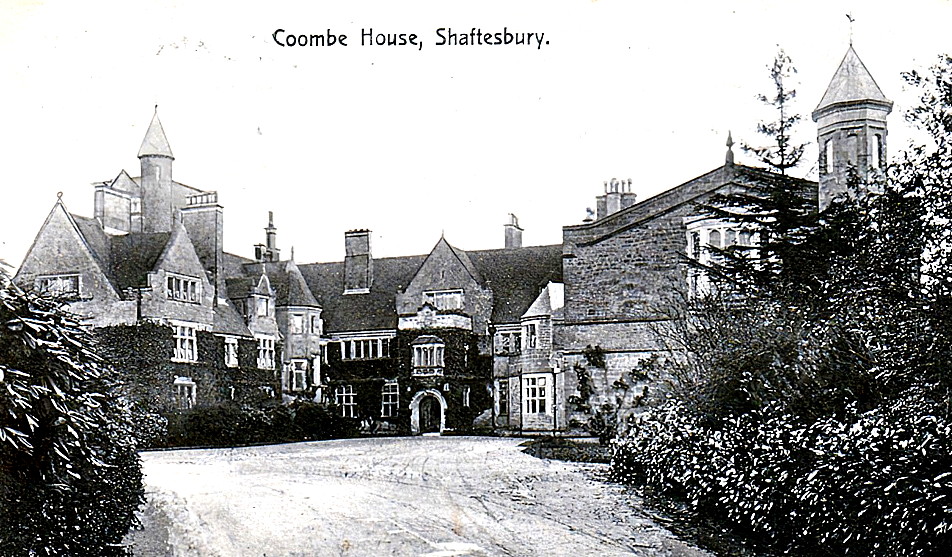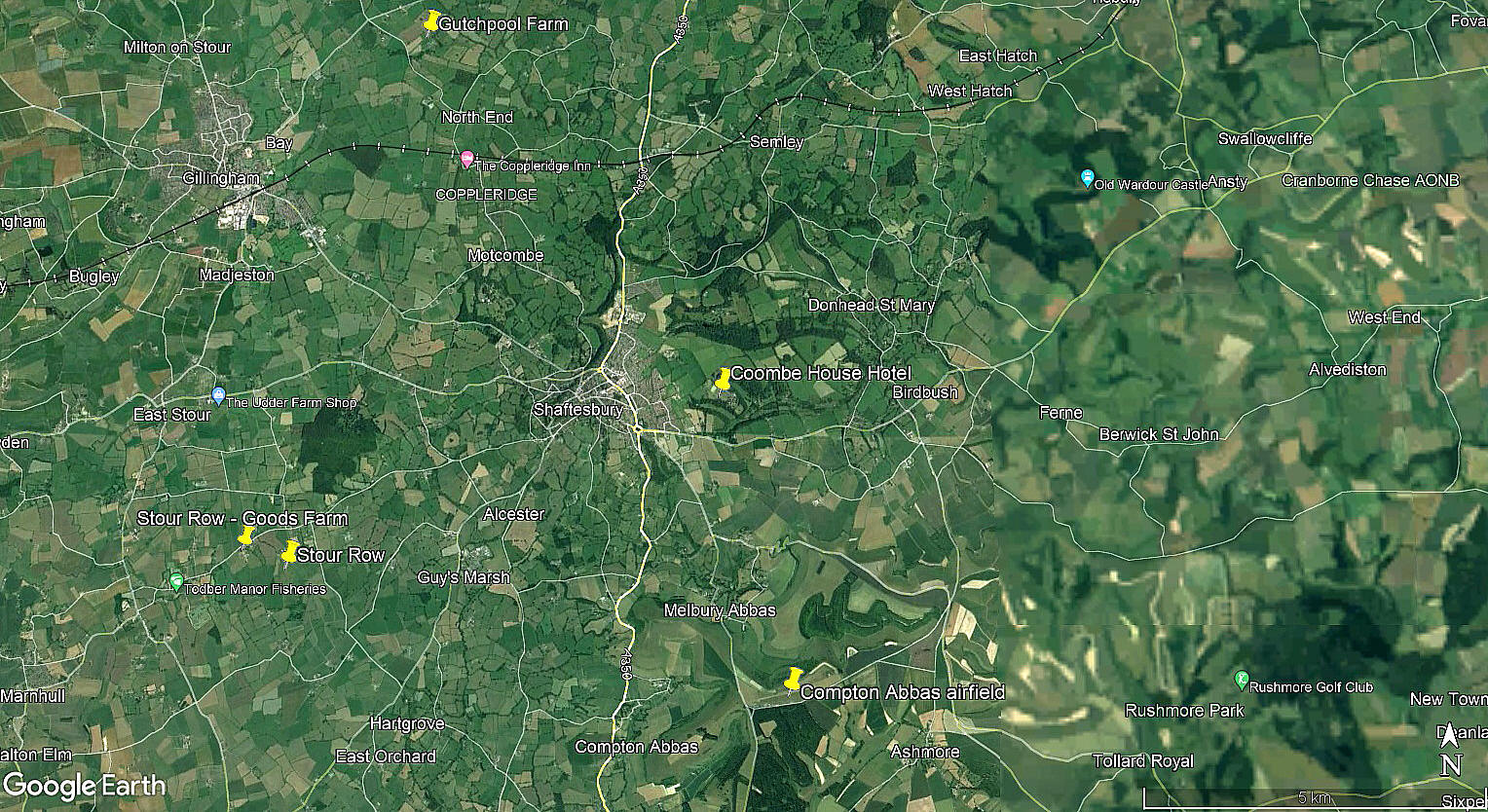Coombe House Hotel
COOMBE HOUSE HOTEL: Private Landing Ground
Location: Just N of the A30, and E of Shaftesbury town centre
Note: Although Shaftesbury is in Dorset, I'm fairly confident this location is in Wiltshire.
Period of operation: 1930s
Max landing run: NW/SE About 300 grass
A MICHAEL T HOLDER GALLERY
We have to thank Mike Holder, a great friend of this 'Guide', for discovering this mention in Flight magazine. Then providing the maps and pictures.
The photo and caption was published in Flight magazine on the 3rd August 1933.
The photo is a rather better view of the hotel, later it seems to become St Mary's Convent, then St Mary's School. The local area view is from my Google Earth © derived database.
NOTES: This location is for me, as a much more recent PPL, of considerable interest. A very marginal Landing Ground in nearly all respects. But of course, the notion of having a safety culture in light aviation with allowances being made was then virtually unheard of. Indeed, very much the case when it came to motoring. Plus, we need to remember that those who owned light aircraft were invariably upper class, of the "officer" class in the military, and invariably having a mostly unjustified sense of self-worth and capabilities. Even so, to be fair, evidence does suggest that many were actually very good pilots when it came to basic "stick and rudder" flying skills.
Looking at the 1949 aerial photo it would seem doubtful that much had changed since the 1930s? The trees would have grown a bit higher, but even so, if an approach was being made from the north west to north east, a late go-around would not, (I would think?), be an option. It is perhaps a trap for those of us today, to regard those aeroplanes as being of much worth. They were not. In some ways being regarded as expendable. When Lady Baily wrote off her aeroplane en route to South Africa in the 1930s, she simply cabled her very wealthy husband to send her out another one. Which he did. And, in many cases, quite serious accidents were often: A: Survivable B: Rebuildable
I can easily envisage one scenario, for example: Captain Hardly-Worthit regaling his chums at a party. "Had a whizzo prang the other day, but Smithers at the 'drome says, 'Don't worry sir, we'll have her patched up in a jiffy'. Splendid chap - salt of the earth."
On a somewhat more serious note, most of those designs, did have, in modern terms, quite an effective 'crumple zone'. Not by deliberate design of course, but simply because of the method of construction. Indeed, not so many years ago a pilot survived a spin into the ground in a Tiger Moth! Something that would not be survivable in nearly all more modern light aircraft. We of course call that progress.
We'd love to hear from you, so please scroll down to leave a comment!
Leave a comment ...
Copyright (c) UK Airfield Guide















